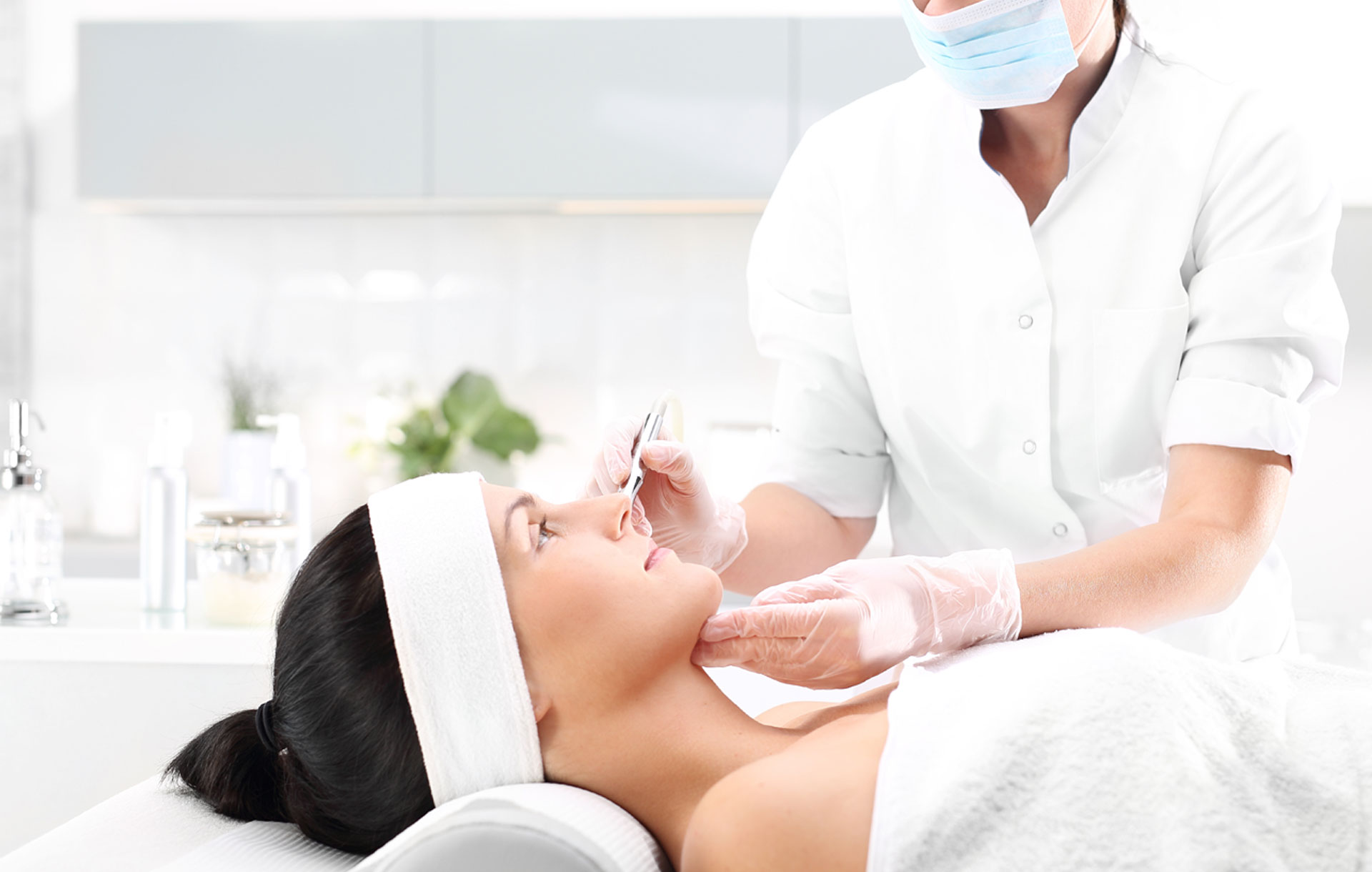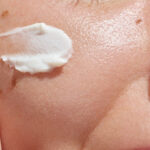The difference between Microneedling and Microchanneling
When you hear the term “regenerative,” what comes to mind? In biology, the term “regeneration” relates to the ability of a tissue, cell, or organ to recreate or regenerate itself. An entire area of medicine, known as regenerative medicine, focuses on this unique healing potential our bodies maintain. In the world of esthetics, an industry was formed based on the principle of injuring or wounding the skin, which is degenerative by definition, in order to trick the skin into producing key structural proteins like collagen and elastin. The question remains – is this “destructive” approach to facial rejuvenation the most ideal way to achieve our esthetic objectives? Is there a better way to stimulate an anti-aging response in the skin that mitigates the excess damage and inflammation caused by these modalities, and taps into a more regenerative model of healing? In fact, there is!
MICRONEEDLING
Welcome to the world of microneedling, also known as Collagen Induction Therapy, or CIT. This advanced skin rejuvenation modality, widely used in the dermatology space, has the ability to remodel aged and damaged tissue, all while maintaining skin integrity and defense systems. As sophisticated as this approach to aging skin is, little is still known about its underlying cellular and molecular effects on the architecture of the skin. Microneedling involves the usage of specially designed devices, from automated pen-like tools to manual handheld rollers, that are outfitted with needles of varying lengths, intended to pierce through the top layer of the skin and activate a regenerative response via the wound healing cascade. (1) Unlike the majority of modalities that use thermal energy or mechanical means to completely remove, or ablate, the top layers of the skin, microneedling keeps the epidermis relatively intact in its effort to rejuvenate aged tissue. These unique characteristics of the procedure are what mitigate adverse responses in the skin such as excess inflammation, a hallmark characteristic of traditional wound-based modalities, while potentiating the regenerative capacity the procedure affords us.
MECHANISM OF ACTION
In the most basic understanding into mechanism-of-action, the needles (penetrating at different depths in the skin) will pierce the viable cells within our epidermis, initiating not only a wound healing cascade, but also a natural release of skin native protein messenger molecules, known as growth factors and cytokines, among other biological signals. These molecules are what all (nucleated) cells in your body use to literally communicate with one another. Optimizing this cell-to-cell communication is what microneedling does best, in addition to regulating the function of the dominant cell types of the skin including keratinocytes, fibroblasts, and melanocytes, all while respecting their structure in the process. Though the molecular mechanisms of microneedling had not been well understood for some time, histological and gene array studies proved needling causes a significant upregulation of genes associated with tissue regeneration and healing, epithelial proliferation and differentiation, while downregulating a myriad of pro-inflammatory cytokines. (2)
With the understanding that microneedling is a highly efficacious tool for tissue regeneration, it is important to understand treatment parameters and what the goal of the procedure is. It is always vital that you seek out professional training in microneedling, as improper education can lead to inferior clinical results, tissue damage, and potential for infection. In addition, one must always work under their scope of practice as liability can be high.
THE DERMAL-EPIDERMAL JUNCTION
Historically, the idea was that for microneedling, or any treatment modality for that matter, to be effective, we must create direct damage to the cells in our skin that produce key structural proteins, the Fibroblasts. One of the world’s leading experts in the subject of microneedling, Dr. Lance Setterfield, has shed some insight into the fact that the Dermal-Epidermal Junction (DEJ) is the ideal target site for needling, and not the Fibroblast. He says in his book entitled ‘The Concise Guide to Dermal Needling -3rd Medical Edition,’ that “Over the years I have noted clinical improvement in my patients using lesser depths of injury. I began researching the possibilities that would explain the unexpected. Targeting the DEJ corrects loss of structural integrity (the cause of wrinkles and lax skin) through upregulation of genes that result in increased production of collagen.” Essentially, what he discovered was that through targeting the DEJ, the skin was able to effectively increase key structural protein production, and release native signaling molecules that traveled from the epidermis to the dermal fibroblasts coordinating their biological activity. This approach significantly improved clinical outcomes, tapped into a more fetal or embryonic state of regenerative healing, and reduced the downtime often associated with aggressive depths of needling.
So, how does that correlate in a clinical setting? How do we know if we are effectively targeting the DEJ? Histologically, this layer that anchors the epidermis to the dermis presents with a mountainous appearance but does tend to flatten out as we get older. Given this structure, on any given area of the face, the DEJ resides at depths anywhere between 0.4mm to a maximum of 1mm. The most significant clinical results for overall tissue rejuvenation are seen when needling is utilizing depths somewhere in the middle of this range, and depths any deeper are likely to create more collateral damage, inflammation, and less than desirable results.
MICROCHANNELING VS. MICRONEEDLING
Recently, the term “Microchanneling” has been used to describe needling the skin at shallow depths, usually in the 0.25mm range. Independent of the marketing term, no matter what depth you are at, if you are using metal needles to pierce the skin, it is and always will be called microneedling. The question remains, does needling at shallow depths provide any benefit? These “cosmetic” depths do have value, since they will still pierce viable epidermal cells and allow them to release epidermal growth factors and cytokines. These will help in stimulating a mild repair and rejuvenation response. At the deeper “medical” depths, you will get a more robust portfolio of regenerative proteins getting produced, and this is important when you are doing more corrective work. Each level of penetration can provide its own unique advantage.
One area of concern I see in the industry is the mindset that these open channels you create with microneedling are an open invitation to allowing any and all products to penetrate better.
That is far from true.
While yes, needling does allow products to penetrate better at all depths, it is advisable to only use ingredients during microneedling that are considered native to the human body, as foreign material introduced during needling can be presented to the immune system as a dangerous molecule, and granulomas can often form around them. The short list of ingredients advisable to use are:
• sterile saline
• pure High Molecular Weigh Hyaluronic Acid (as Low Molecular Weight has proven to be pro-inflammatory and linked to disease (3) (4) (5)
• certain concentrated human growth factor products that lean more anti-inflammatory, like the Bone Marrow Stem Cell Growth Factors, versus the pro-inflammatory ones from the Adipose (Fat) Stem Cell Growth Factors.
In addition, it is strongly encouraged to avoid anything else other than the above-mentioned molecules for the first 18-24 hours post needling.
With the right training and education, the right topical adjuvants, staying within your scope of practice, and a smart, common-sense approach to this procedure, microneedling can be a phenomenal tool in your anti-aging and skin regeneration arsenal.













